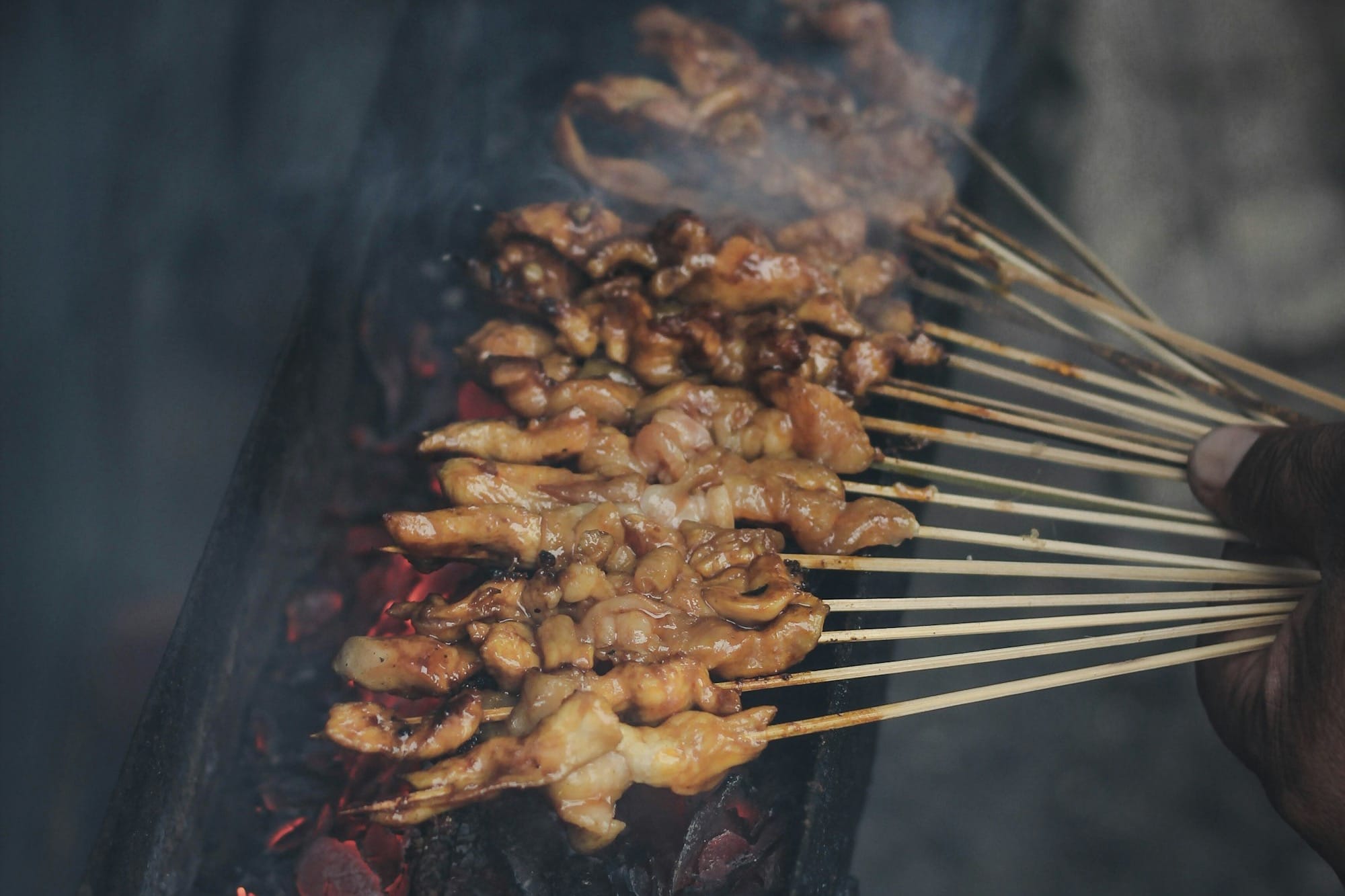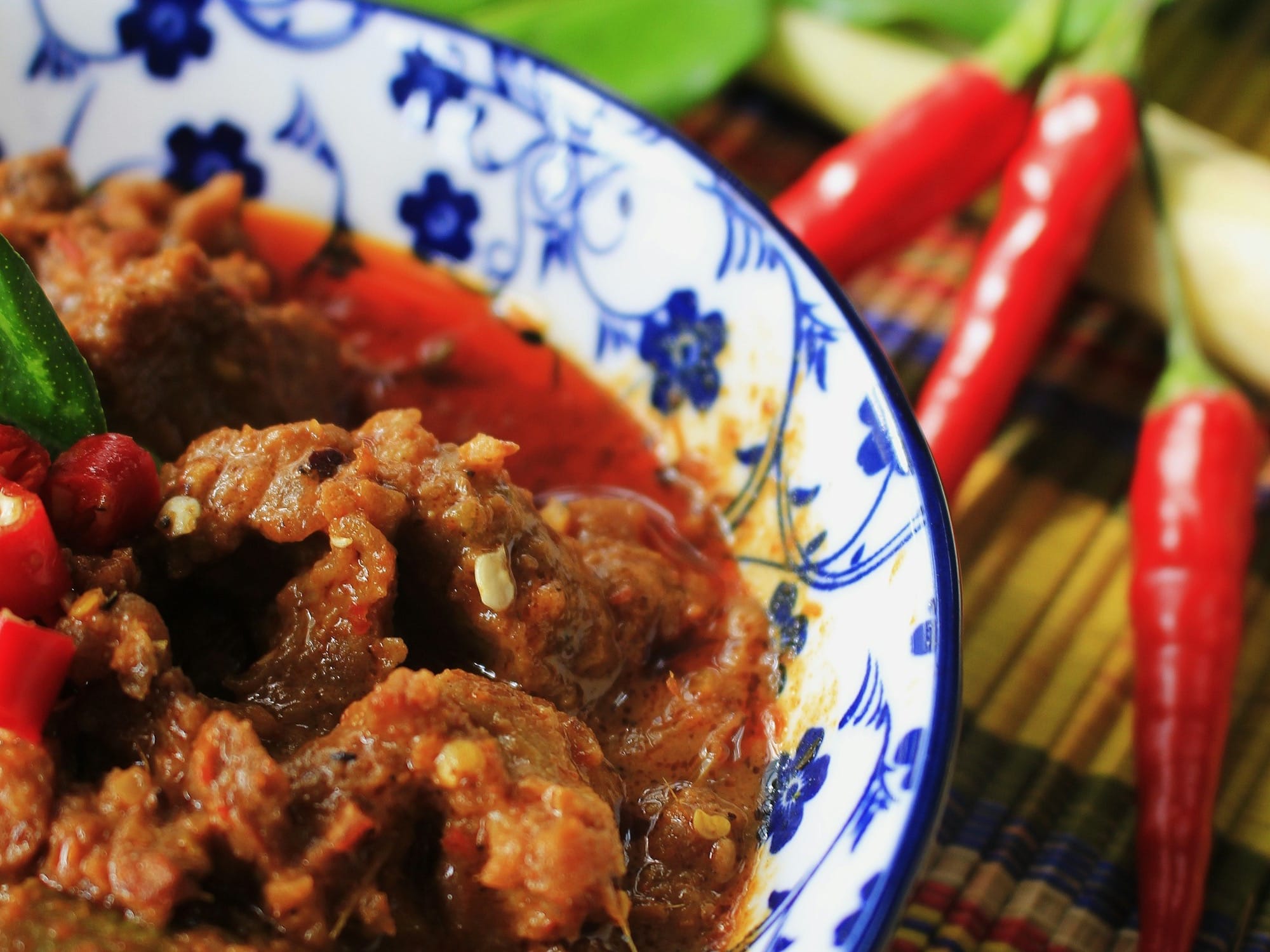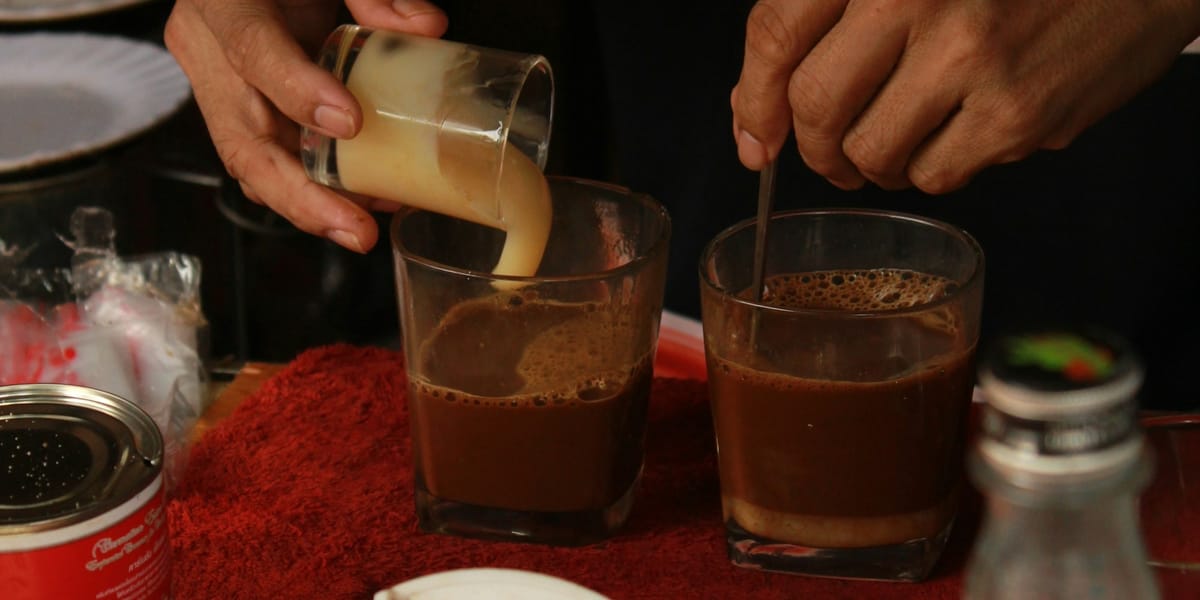Exploring Malaysian Cuisine: A Rich Tapestry of Flavours and History

Malaysian cuisine stands as one of Southeast Asia's most diverse and vibrant culinary traditions, reflecting the country's multicultural heritage and historical influences. This flavourful journey through Malaysian food showcases a symphony of tastes that have evolved over centuries. For Western tourists planning a visit to Malaysia, understanding the country's food culture provides a gateway to appreciating its rich heritage and diverse population.
The History and Origins of Malaysian Cuisine
Malaysian cuisine traces its roots back to the 1400s during the time of the Malacca Sultanate, when the region became an important maritime trade centre. This strategic location transformed Malaysia into a culinary melting pot, absorbing influences from surrounding cultures and distant lands alike.
The cuisine developed as a melange of local and foreign culinary traditions. In the 15th century, Arab traders introduced Middle Eastern spices, while Portuguese, Dutch, and English colonists brought food staples including peanuts, pineapples, avocados, tomatoes, squash, and pumpkin to the region. These ingredients, once foreign, became integral components of Malaysian cooking.
During the 19th century British colonial period, the influx of Chinese and Indian laborers significantly shaped Malaysian cuisine. These immigrant communities brought their culinary traditions, which over time adapted to local tastes and available ingredients. This rich tapestry of influences created what we now recognise as Malaysian cuisine – a vibrant fusion of Malay, Chinese, Indian, Indonesian, Thai, Filipino, and indigenous Bornean cooking styles.
What makes Malaysian cuisine unique is its cultural diversity. As Malaysians from different ethnic backgrounds adopted each other's dishes, they modified recipes to suit their cultural preferences. For instance, Malaysian Chinese adapted Indian curries to be less spicy and more dilute, while Chinese noodle dishes were infused with Indian and Malay flavours, creating entirely new culinary traditions.
Characteristics of Malaysian Cuisine
Malaysian cuisine is characterized by the generous use of aromatic spices, herbs, and coconut milk, which gives many dishes their rich, creamy character. A key ingredient in Malaysian cooking is belacan (prawn paste), used as a base for sambal, a spicy sauce made from belacan, chilli peppers, onions, and garlic.
Rice serves as the foundation of Malaysian meals, typically eaten with meat, vegetables, and various side dishes. Traditionally, Malay food is eaten with the fingers of the right hand – a skill that requires practice to master. Most Malaysian meals feature multiple dishes served simultaneously rather than in courses, with communal sharing being a central aspect of the dining experience.
Must-Try Malaysian Dishes for Western Tourists
1. Nasi Lemak
Often referred to as Malaysia's unofficial national dish, nasi lemak is rice cooked in coconut milk with pandan leaves, typically served with sambal (spicy sauce), fried anchovies, cucumber slices, peanuts, and a protein like fried chicken or beef rendang. Originally, and surprisingly to most western tourists, a breakfast dish, nasi lemak is now enjoyed throughout the day and can be found at almost every food stall and restaurant across the country.

2. Satay
These skewered and grilled meat pieces (usually chicken, beef, or mutton) are marinated in spices and served with a rich peanut sauce. For the adventurous eater, some stalls offer more exotic options like cow intestines, which are chewier but equally flavorful. Squid satay is commonly found at coastal street stalls. The specialty of satay lies in its accompanying peanut sauce, which adds a complex, mildly spicy dimension to the dish.

3. Rendang
This slow-cooked meat dish (typically beef, but sometimes chicken or mutton) is simmered in coconut milk and a paste of ground spices until the liquid evaporates, leaving intensely flavored, tender meat. The preparation process is traditionally communal, with neighbours and families gathering around a large pot during special occasions. Rendang's complex flavour profile develops through hours of cooking, making it one of Malaysia's most celebrated dishes.

4. Char Koay Teow
A popular stir-fried noodle dish made with flat rice noodles, bean sprouts, chives, and proteins such as prawns, cockles, and Chinese lap cheong sausage. The dish is typically cooked in a well-seasoned wok over high heat, which imparts a distinctive smoky flavour known as "wok hei." Each region in Malaysia has its own variation, making it worth trying in different parts of the country.
Taste all these amazing dishes and more with an organised food tour in Kuala Lumpur—discover hidden gems, sizzling street food, and bold flavours! Eat, explore, repeat.
Looking for your next adventure and things to do in Kuala Lumpur? Check out our latest article highlighting must-see spots, top activities, and, of course, the very best places to eat in Kuala Lumpur!

5. Laksa
This spicy noodle soup combines Chinese and Malay influences, with regional variations across Malaysia. Two main types dominate: curry laksa, featuring a rich coconut milk broth, and asam laksa, with a sour tamarind-based broth. The dish is typically topped with seafood, bean sprouts, herbs, and sometimes hard-boiled eggs, creating a complex medley of flavors in every bowl.

6. Hokkien Mee
A staple dish of Malaysia's Chinese community, Hokkien mee features steamy noodles cooked with prawns, boiled eggs, chilies, and various spices. The dish varies by region – in Kuala Lumpur, it's typically darker and made with thick noodles in a dark soy sauce, while in Penang, it's served in a fragrant prawn broth with various toppings.
7. Roti Canai
This flaky, flat bread of Indian origin has become a Malaysian favourite. The dough is repeatedly folded and flattened to create multiple layers before being cooked on a griddle. Served with various curries for dipping, roti canai makes for a perfect breakfast or snack. Its simplicity belies the skill required to achieve the ideal texture – crispy on the outside and soft on the inside.
8. Nasi Dagang
Translating to "trader's rice," this dish consists of rice cooked with coconut milk and fenugreek seeds, served with fish curry (usually tuna), fried shaved coconut, hard-boiled eggs, and vegetable pickles. Popular as a breakfast dish in the northeastern states of Kelantan and Terengganu, its distinct flavour and texture set it apart from other coconut rice dishes like nasi lemak.
Ready to immerse yourself in Malaysia’s coffee culture and discover all the best places for your next caffeine fix? Check out our full article on Malaysian coffee and kopi in Kuala Lumpur—covering traditional spots, trendy cafes, and everything you need to know to drink like a local!

9. Ais Kacang
For dessert, this shaved ice treat topped with red beans, jelly, sweet corn, and colourful syrups offers refreshing relief from Malaysia's tropical heat. Modern versions might include ice cream, chocolate syrup, or condensed milk. The combination of textures and sweetness makes it a favourite ending to a spicy meal.
10. Apam Balik
This sweet pancake-style snack filled with sugar, crushed peanuts, and sometimes corn is a popular street food throughout Malaysia. The contrast between the crispy exterior and soft, sweet filling makes it an addictive treat that's constantly being reinvented by creative vendors.
11. Nasi Kerabu
This striking blue rice dish from Kelantan gets its colour from telang flowers. Topped with bean sprouts and fried coconut, then served with spicy budu (fermented fish sauce), it's eaten by hand in traditional Kelantanese style. The vibrant appearance makes it as Instagram-worthy as it is delicious.
12. Mee Goreng Mamak
This Indian Muslim dish features yellow noodles stir-fried with beef or chicken, shrimp, soy sauce, vegetables, and eggs, with chilli added for heat. The complex flavour profile results from the combination of ingredients and cooking techniques that are difficult to replicate outside authentic hawker stalls.
Planning your next eating adventure or curious about what else to see and do? Dive into our in-depth article all about George Town and Penang—a guide to the incredible food, fascinating history, and vibrant culture that make this island a must-visit for every food lover!

Tips for Western Tourists Exploring Malaysian Cuisine
- Embrace eating with your hands when appropriate, particularly for traditional Malay dishes. Use only your right hand, as the left is traditionally reserved for more personal time activities.
- Start with milder dishes if you're sensitive to spice, gradually working your way up to more fiery offerings.
- Visit both street food stalls and restaurants to experience the full spectrum of Malaysian cuisine. Night markets (pasar malam) offer some of the most authentic food experiences.
- Look for restaurants certified halal if you're dining with Muslim companions or have dietary restrictions.
- Be adventurous with trying new flavors and textures – some of the most unusual dishes may become your favorites.
Conclusion
Malaysian cuisine represents the country's rich cultural tapestry, offering a culinary experience unlike any other in Southeast Asia. Its unique blend of influences from across Asia and beyond has created a food culture that's both accessible and endlessly fascinating. For Western tourists, exploring Malaysian cuisine provides not just nourishment, but insight into the country's history, diverse communities, and shared cultural values.
As you travel through Malaysia, remember that each dish tells a story of cultural exchange, adaptation, and innovation spanning centuries. By sampling the country's iconic foods, you'll gain a deeper appreciation for this nation's remarkable heritage and the culinary treasures it offers to the world.



